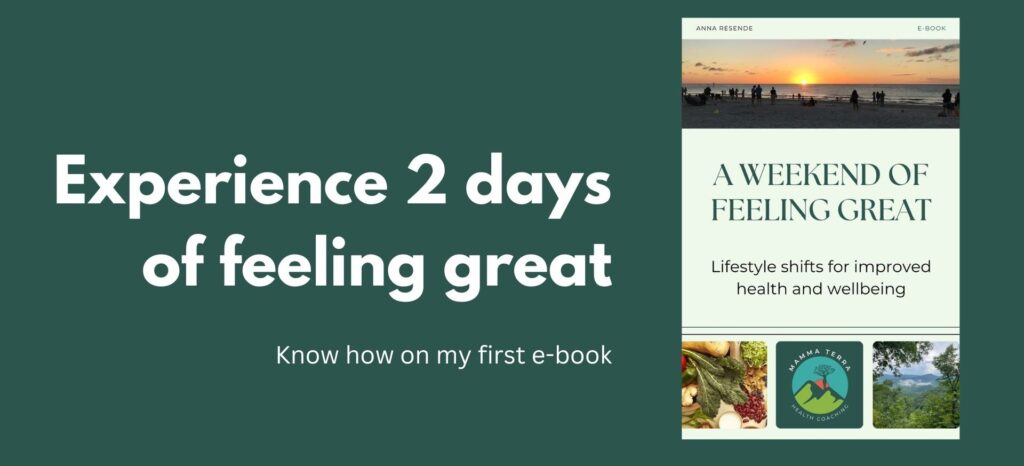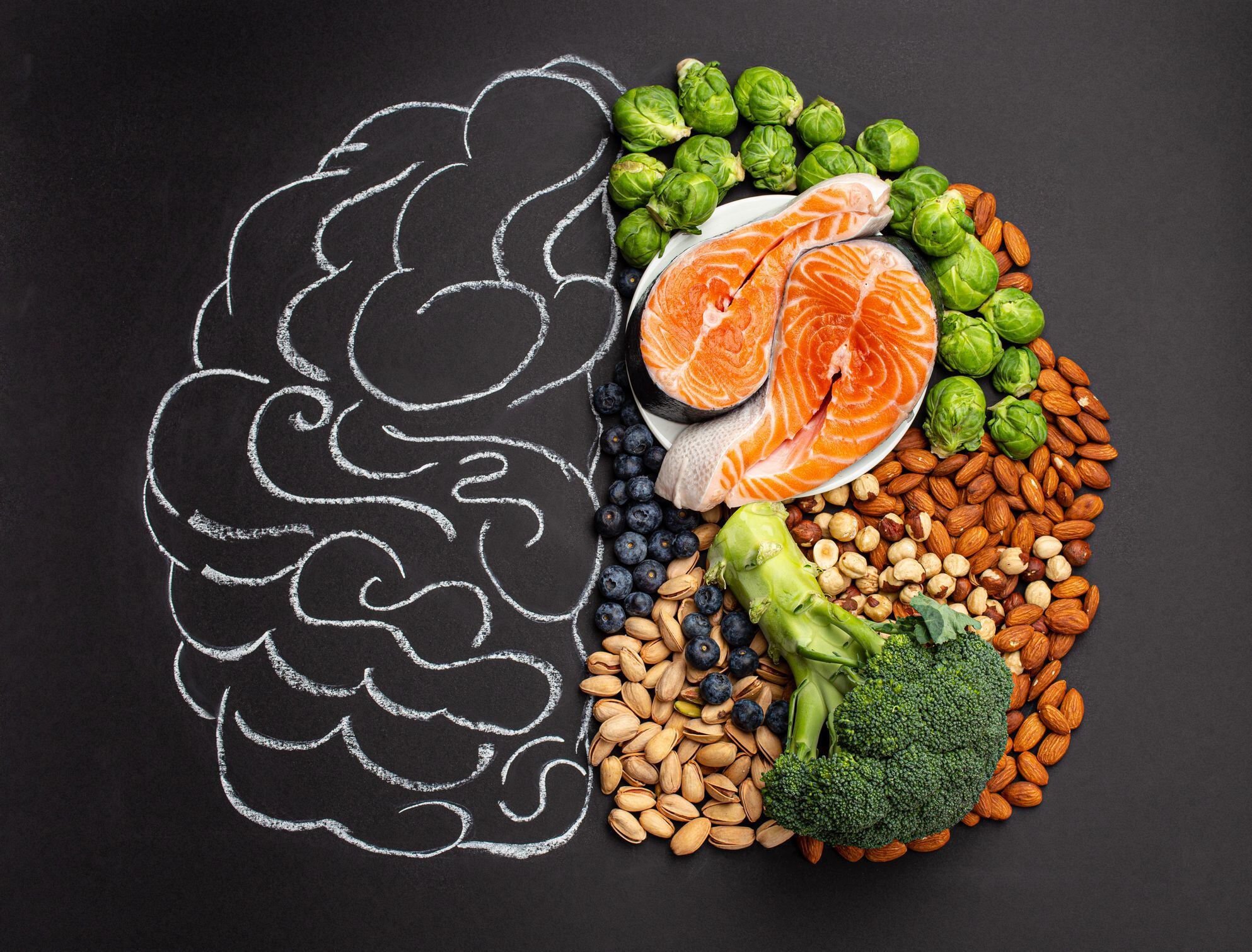Ancient Knowledge
We tend to think of mind-body connection as a cutting-edge concept. However, Dr. Josh Axe states in his book Ancient Remedies, that as early as 2000 BC, ancient Middle Eastern, and Asian practitioners knew that our emotional, spiritual, and mental health affects our physical well-being. The same idea was also embraced by Hippocrates, who lived in 460 BC and is considered one of the most outstanding figures in the history of medicine. It is even mentioned in the Bible in Proverbs 17:22 where King Solomon says, “A cheerful heart is good medicine, but a crushed spirit dries up the bones.“
Understanding the Connection
Modern medicine recently (re)discovered that every mental event affects the body. The traditional Western health practitioners needed that confirmation. For some reason, they couldn’t believe the ancient wisdom that has been around for thousands of years. Deepak Chopra in his book What Are You Hungry For explains that the words in your head follow a circular path known as a feedback loop. You have a thought. It registers in your brain. The brain sends chemical signals to every cell in your body. The cells react and send a message back to the brain.
How it Works
Neurotransmitters are the ones carrying the messages from cell to cell. Their discovery was one of science’s recent breakthroughs. Although neuroscientists treat the brain and the mind as the same, I agree with Chopra when he describes the brain as a radio receiving what the mind has to say. The mind is as invisible as the sound waves, while the brain is a semisolid grey matter that can be touched, like a radio. Similar to the latter, the brain has no mind of its own, therefore cannot distinguish between a true and a false message.
Harmony Within
You are the one who possesses a mind, and you are the author writing those messages. You can feed negativity or positivity to your brain – the choice is yours. Rather than a poetic abstraction, there are clear connections between positive thinking and physical health. Jim Kwik in his book Limitless, mentions a John Hopkins study by Dr. Lisa Yanek that found “positive people from the general population were 13% less likely than their negative counterparts to have a heart attack or other coronary event”. There are countless papers written about the same subject to attest that mind and body are interconnected systems, each influencing the other in tangible ways.
Connection Dynamics
Acknowledging and nurturing this connection, now validated by science, can positively impact our everyday lives. As thoughts and emotions directly correlate with our physical health, it’s crucial to maintain a positive mindset, unless being healthy is NOT part of your plans. One note from the Mayo Clinic says, “The positive thinking that usually comes with optimism is a key part of effective stress management. And effective stress management is associated with many health benefits.” Optimistic is a person who knows how to reframe negative messages – also known as limiting beliefs.
Belief Systems
Reframing Limiting Beliefs
Listen carefully every time you find yourself using phrases like “I can’t”, “I’m not”, I don’t”, even if it’s just a thought. Try to identify the origin of this self-talk. Limiting beliefs often start in childhood and they might have originated in your early interactions with family members, teachers, and friends. According to Kwik, “Being aware of how you’re holding yourself back with your self-talk and spending some time to get to the source of these beliefs is extremely liberating, because once you’re aware, you can begin to realize that these aren’t facts about you, but rather opinions“.
The Truth
Once you have identified the belief then check the facts. It’s not fair to hold on to a belief because of something that happened once or a few times but, a long time ago. My mom still calls me clumsy because, when I was in grade school, I broke some dishes of hers. The truth is they were way too heavy for my little hands! Those episodes don’t define me – I haven’t broken one single thing in years. So, my new belief is I’m a very careful person when I’m dealing with china. If my inner critic takes over, then I shush it. As long as you believe your inner critic is your true voice, it’s going to guide you.
“Life has no limitations, except the ones you make” – Les Brown
A Better Message
Your mind has tremendous power so, as you’re thinking of ways to reframe your beliefs keep a few things in mind: you are not your thoughts neither your body. Your current material body is only a vessel that carries your soul in this Earthly experience. You have created your present body, and continually recycle it. The same happens with your genes – you constantly change their activity. As Chopra brilliantly states, “The body is a verb, not a noun” – as it’s an ever-shifting process. Even though your organs and tissues hold the same shape, they change all the time as our cells are constantly being renewed.
Angel & Devil
Conflicting messages try to defeat each other in the brain all the time. Like The Simpsons and old cartoons used to show, an angel is battling with a devil over our shoulders every time we’re making choices. The more you listen to the angel, the easier it is for him to defeat the devil. Every time the angel wins, you build up victories over the conflict, restoring balance and forming new pathways in the brain. The new mindset that comes from silencing the devil, or your inner critic, opens up a world of possibility.
Kill the ANTs
Dr. Daniel Amen calls the reframing process killing the ANTs – the acronym for Automatic Negative Thoughts. Automatic because of our built-in survival mode negative bias. Being vigilant and negative has kept our species alive through the centuries but now it only causes depression and anxiety. To kill the ANTs means making the angel’s message win over the devil’s. We will always have negative thoughts, just don’t let them take over, kill them as soon as they show up. Remember, you are not your thoughts, just watch them come, acknowledge them, and kindly ask them to shush.
Body’s Messages
Another very important part of the mind-body connection is the acknowledgment that the body is also always communicating. By learning how to tune in, or increase self-awareness, you can understand the sources of discomfort. You might not reach a conclusive outcome at first, but you’ll likely do so with practice. Stay curious about potential patterns like sweet cravings when you’re tired or stressed. Symptoms like stomachache or headache caused by difficult situations. It’s incredibly valuable to learn what the body is trying to communicate.
Good Strategy
One good strategy for you to honor the mind-body connection is what Chopra calls the STOP technique. Every time you feel a trigger like a food craving, heart palpitations, or a sense that you’re going to lose it, Stop what you doing. Take a 1-minute breath break to do a breathwork of your choice. Observe the bodily sensation – ask yourself: am I really hungry? Should I take a break? Do I need to move my body? Then you Proceed with awareness. The whole point of this technique is to get you to “Proceed with awareness” because that indicates you consciously get to decide what to do next, instead of acting impulsively.
Mind & Body Connection
The body is wise! Your thoughts and emotions can impact your body, in the same way your body can impact your thoughts and beliefs. To keep the mind-body connection active means to be aware. Start by stating your conscious goals to yourself. This is the most powerful message you can send to your body. Then keep reframing your limiting beliefs, or killing the ANTs, to maintain a positive mindset. Be mindful of your bodily clues and honor the connection using your mindfulness technique of choice – breathwork, meditation, yoga, nature breaks, etc.
An Example
Dr. Gemma Newman shared a very interesting story in her interview with The Happy Pear Podcast. An Italian psychologist created this perfect example of how we can reframe our thoughts. It’s about three 14th-century stone cutters who lived in the same village. They were considered experts in their job and were asked the same question: How do you feel about your job – as a stone-cutter, in the 14th century?
Different Mindsets
The first man said: I hate this job! Every single day is the same, I just have to cut these stones and put them together, it’s really dull. I can’t stand it and yet I’m going to be doing this until the day I die.
The second man said: This job brings me a lot of joy! Because, you know, I’m an expert, I know what I’m doing; It also means that I can put bread on the table, which is very important to me. I love my family very much and I feel lucky to have a career that allows me to provide for my family.
The third man said: I love being a stone-cutter! I’m building a shrine to the divine that will outlive me, my children, my grandchildren, and every generation that comes after me. It will provide a place of wonder and worship for thousands of years. I’m delighted to be a stone cutter.
I hope you feel inspired to take the steps towards more aware choices. You are the only choice-maker who can create the changes you desire in every aspect of your life.
I know it’s easier said than done – if you need help figuring out how to make the next move, I’m here to help.
And remember: Good is what makes you feel well!
Anna.

Anna Resende
Integrative Nutrition Health Coach
Certified by IIN - Institute for Integrative Nutrition
Every week I send out my newsletter called Mamma’s Tips where I share health and wellness topics, good books, recipes, and more.
Click below to subscribe!
I’m excited to share that I just published my first e-book
A Weekend of Feeling Great!

In this book, you’ll find all the steps you can take to feel great. Besides all the foundational principles of multidimensional health, it has a sample of a productive daily routine and a two-day menu with 10 healthy recipes for you to try.




